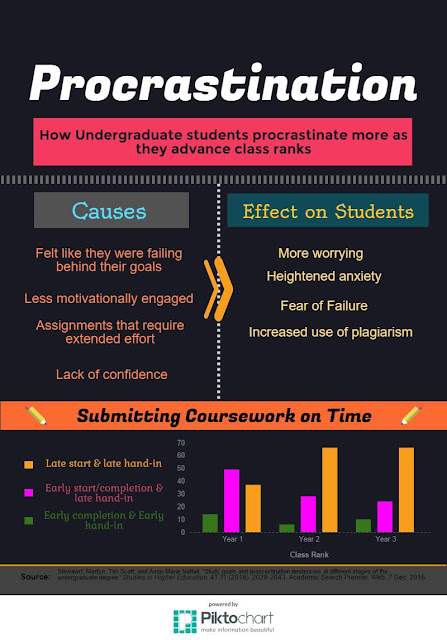Friday, December 9, 2016
Saturday, December 3, 2016
Augmented Reality: Rhetorical Analysis of "Pokemon GO"
While the idea of augmented reality has been steadily
maturing over the last decade or so, Pokemon
GO brought the concept to the forefront of public attention this past
summer. Relying on the adoration and influence of people in their teens and
twenties, this app was released to the satisfaction of young men and women that
grew up playing Pokemon games.
As children, they had only dreamed of being able to walk
around their neighborhood while catching fantastic creatures and battling their
friends. This Augmented Reality application focuses specifically on the concept
of Identification to turn dreams
into reality.
“We may identify with
someone (or some cause) and thus come to share belief because we imagine or desire
to be one with another, or to feel energized or uplifted by our association.”
When users play Pokemon
GO, they are associating themselves with a customized character and ultimately
accepting that they now share that character’s motives to catch and train
creatures. This identification allows the app to feel less like a game and more
like a lifestyle, especially given the opportunity to interact with other users
in the area.
For many reasons, this Augmented Reality application went Viral worldwide. At its peak in July
2016, there were over 40 Million daily users. And, only 19 days after the app
was released, it had been downloaded over 50 Million times with more first-week
downloads than anything else in the Apple App Store.
From what I remember, there had been almost no conversation
about Pokemon GO before it was
released. However, the day it became available, news of the AR game spread like
wildfire through Word-of-Mouth and Social Media interactions. Soon, everyone
wanted in on the game.
From Nahon and Hemsley’s comments on virality, “There is a sharp acceleration in the number
of people who are exposed to the message because there is a period of time
early on in the social sharing process where the audience grows very rapidly…”
Unfortunately, as virality usually demands, usage of the
game has declined over time as interest has waned. Until updates with exciting
new AR features come about, usage will remain low. However, the impact of this
game will not be easily forgotten by consumers or producers. Rumors suggest
that an AR version of Harry Potter might be in the works as just one of many
Augmented Reality applications to come.
Sources:
1. Blakesley, David. The Elements of Dramatism. (page 15).
2. Kawa, Luke and Katz, Lily. These Charts Show that Pokemon GO is Already in Decline.
3. Nahon and Hemsley. Going Viral. (Page 25)
For other rhetorical analysis posts
check out these blogs!
Subscribe to:
Comments (Atom)


